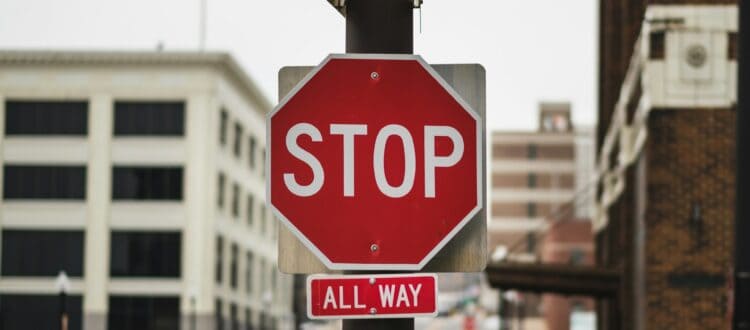Aluminum traffic signs are a global feature of modern roadways, serving as vital communication tools for drivers, pedestrians, and cyclists. Known for their durability and resilience, they are designed to withstand harsh weather conditions, ensuring their longevity and visibility on the road.
These signs are crucial for conveying important information such as speed limits, directional guidance, and warnings, playing a pivotal role in maintaining safety and order on the streets. With their reflective properties and high visibility, they are instrumental in reducing accidents and improving traffic flow, making them an indispensable component of transportation infrastructure.
Why Choose Aluminum Traffic Signs?
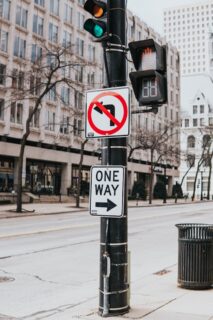 1. Durability: They are known for their exceptional durability, capable of withstanding harsh weather conditions, including rain, snow, and UV exposure. This durability ensures that the signs remain effective and visible for extended periods, reducing the need for frequent replacements.
1. Durability: They are known for their exceptional durability, capable of withstanding harsh weather conditions, including rain, snow, and UV exposure. This durability ensures that the signs remain effective and visible for extended periods, reducing the need for frequent replacements.
2. Reflectivity: They are typically sheeted with high-quality retro-reflective materials, enhancing their visibility during both daytime and nighttime conditions. This reflective property significantly improves the signs’ effectiveness in conveying important information to motorists and pedestrians, contributing to overall road safety, especially at night.
3. Corrosion Resistance: Anodized or anodized Aluminum used for traffic signs is resistant to corrosion, making it an ideal material for traffic signs exposed to outdoor elements. This resistance ensures that the signs maintain their structural integrity and visual appeal over time, even in challenging environmental conditions.
4. Lightweight: Compared to alternative materials, they are lightweight, simplifying installation and reducing structural load on supporting fixtures. This characteristic allows for easier handling during transport and installation, making them a practical choice for various roadway applications.
5. Cost-Effectiveness: While the initial investment in aluminum traffic signs may be marginally higher than signs made from other materials, their longevity and low maintenance requirements make them a cost-effective choice in the long run. The reduced need for frequent replacements and repairs translates to lower life cycle costs, making aluminum signs a financially prudent option for transportation agencies and municipalities.
What Aluminum Alloys are Used in Traffic Signs?
The aluminum alloys commonly used in traffic signs offer a combination of strength, durability, and corrosion resistance, making them ideal for outdoor applications. Here are the specific aluminum alloys used in traffic signs:
1. 5052-H38: This alloy is a popular choice for traffic signs due to its high tensile strength, which meets the requirements for government-issued signs on interstates and highways in all 50 states. Its durability and ability to maintain high reflectivity make it a reliable option for long-lasting signage.
2. 5052-H38 sheet aluminum: This alloy is used in .063” .080” .010” and .125” thickness aluminum sheet stock. It is pre-treated in accordance with ASTM Designation: B 449. The surface of the sheet aluminum is cleaned, deoxidized, and coated with a light and tightly adherent chromate conversion coating, ensuring its longevity and visual appeal.
This alloy was chosen for its strength-to-weight ratio, corrosion resistance, and ability to retain high reflectivity retro-reflective sheeting, meeting the stringent requirements for traffic signs to ensure safety and visibility on roadways.
Are Traffic Signs Steel or Aluminum?
Traffic signs are predominantly made from aluminum rather than steel due to several key advantages. Aluminum offers exceptional corrosion resistance, making it well-suited for outdoor applications where exposure to the elements is inevitable. Also, aluminum is lightweight, allowing for easier handling during installation and reducing structural load on supporting fixtures. While steel may be used in certain specific applications, such as for heavy-duty sign supports, aluminum remains the material of choice for most traffic signs due to its durability, cost-effectiveness, and superior performance in the demanding environment of roadways.
Standard Thickness of Aluminum Traffic Signs
The standard thickness often ranges from 0.063 inches to 0.125 inches, as specified by industry and regulatory standards. The use of these specific thicknesses ensures that the signs possess the necessary structural integrity and durability to withstand outdoor conditions and maintain visibility over an extended period. Thicker gauges, such as 0.010 or .125 inches, are often employed for larger signs or those installed in areas prone to higher wind loads, providing the necessary rigidity and resistance to deformation. The consistent use of standard thicknesses for aluminum traffic signs ensures uniformity in performance and longevity across various roadway applications, contributing to overall safety and effectiveness in conveying vital information to road users.
Standard Sizes for Aluminum Traffic Signs
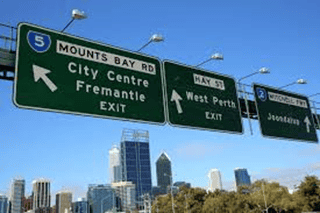 The standard sizes are established by regulatory authorities, mainly the Federal Highway Administration (FHWA) in the United States and similar agencies in other countries. These standards dictate the dimensions for various types of traffic signs, including regulatory, warning, and guide signs, to ensure uniformity and consistency in their appearance and visibility on roadways.
The standard sizes are established by regulatory authorities, mainly the Federal Highway Administration (FHWA) in the United States and similar agencies in other countries. These standards dictate the dimensions for various types of traffic signs, including regulatory, warning, and guide signs, to ensure uniformity and consistency in their appearance and visibility on roadways.
Common sizes for traffic signs range from 12in. X 18in sign blanks used for parking regulations to larger freeway signs indicating speed limits – 36x48in – to very large signs used on high speed highways and freeways, with specific dimensions for height, width, and aspect ratios outlined in official guidelines.
Adhering to these standard sizes is crucial for maintaining the effectiveness and clarity of traffic signage, allowing road users to quickly and accurately interpret the information presented, thereby contributing to overall safety and order on the streets.
Standard Shapes of Aluminum Traffic Signs
1. Octagon: The octagonal shape is used solely for stop signs, conveying the command for drivers to come to a complete halt. Its distinctive shape and bold red color make it instantly recognizable, ensuring compliance with this crucial traffic regulation.
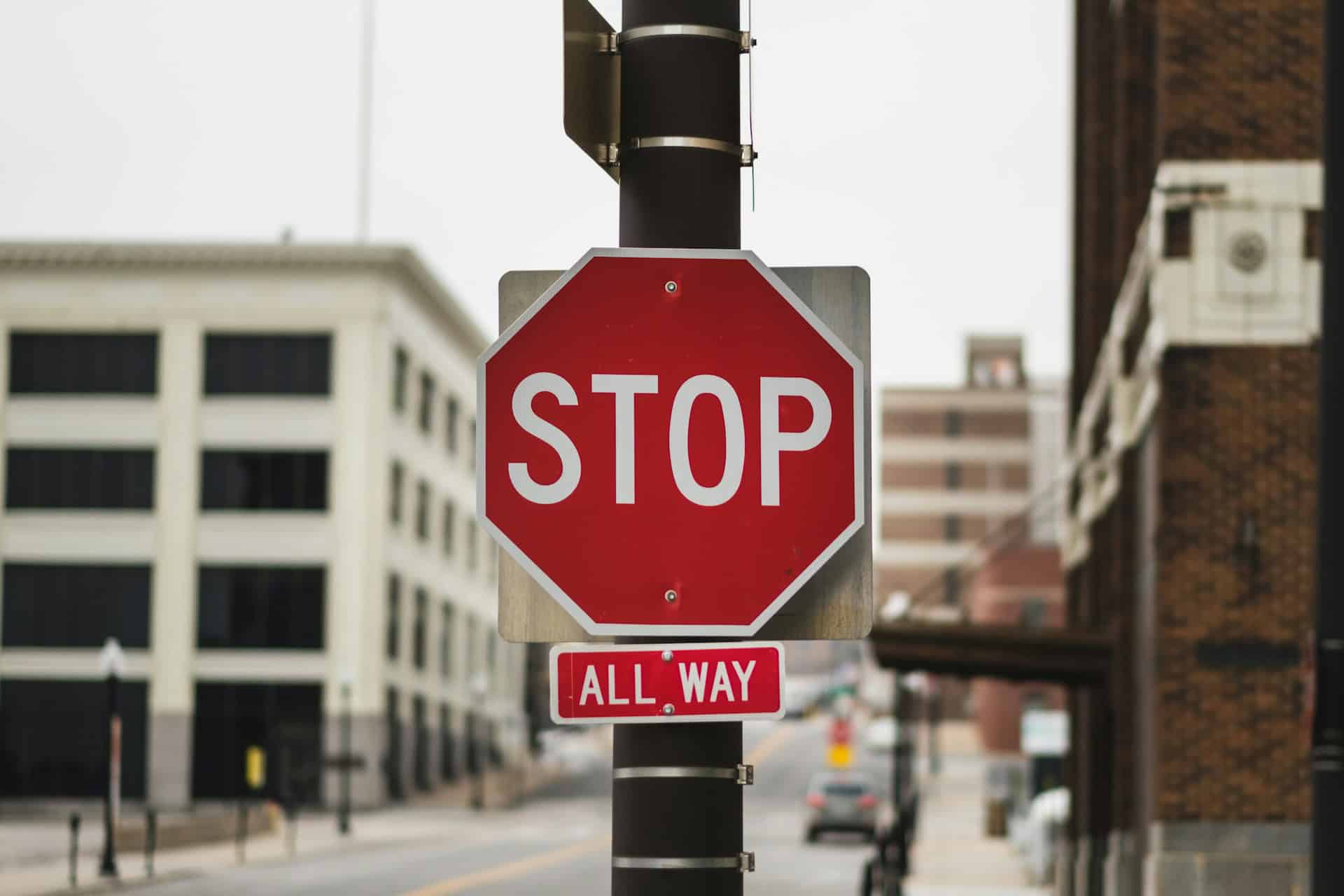
2. Equilateral Triangle: The equilateral triangle signifies a warning, alerting drivers to potential hazards or changes in road conditions ahead, such as sharp curves curves, intersections, or slippery roads. These signs serve as serve as important visual cues for drivers to adjust their speed and approach with caution.
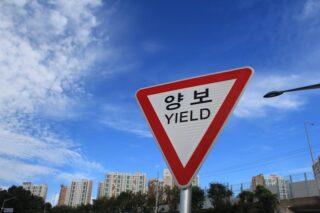
3. Rectangle: Rectangular signs typically indicate regulatory information, such as speed limits, parking regulations, or directional guidance. The rectangular shape allows for clear and concise presentation of essential information for safe and orderly traffic flow.
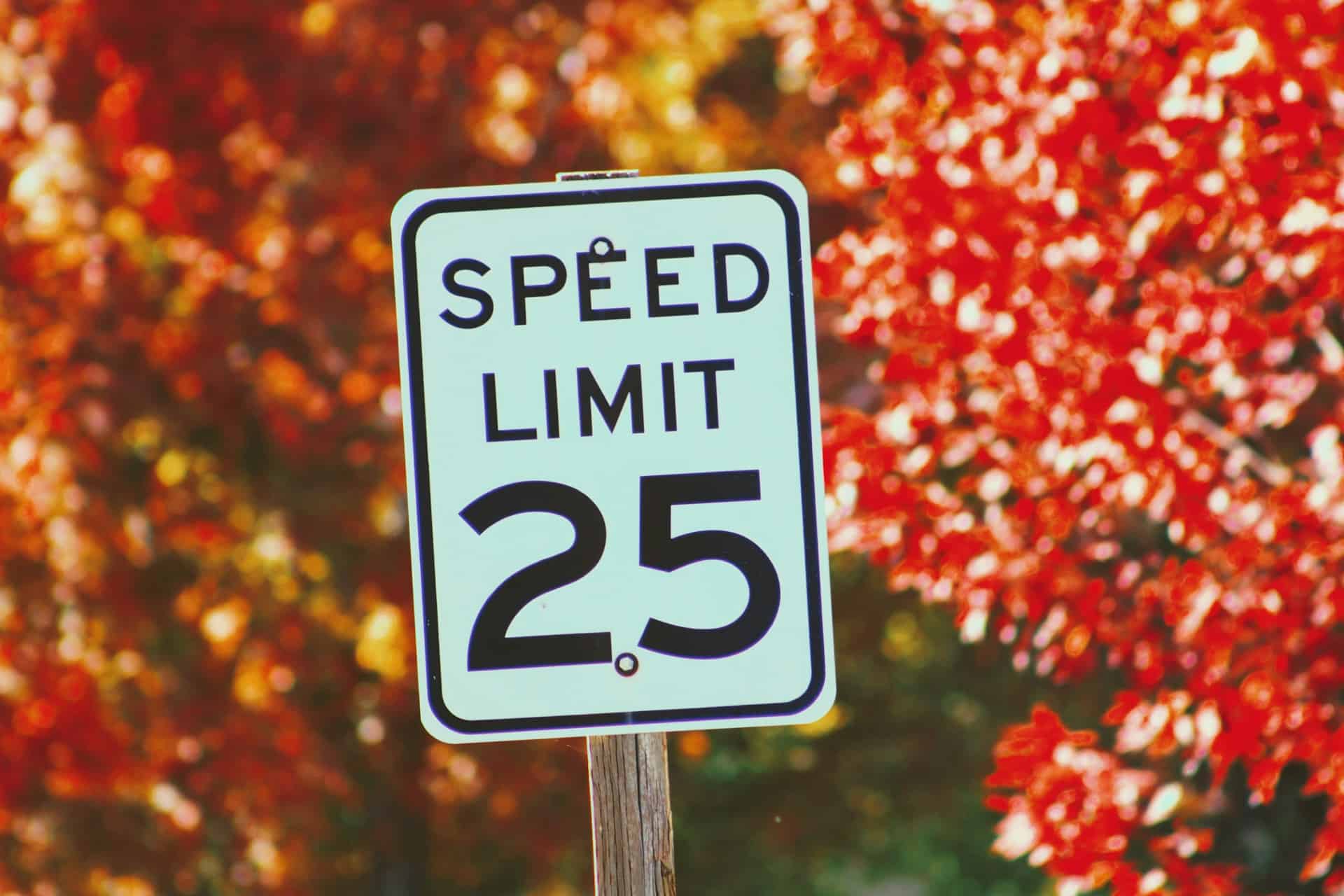
4. Circle: Circular signs are often used to convey railroad crossings or provide instructions for specific actions, such as yielding or entering a roundabout. The circular shape and distinctive symbols help convey immediate recognition and understanding of the associated traffic rules or warnings.
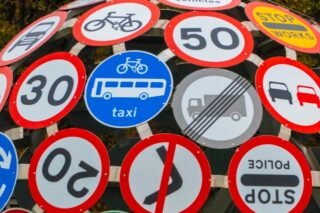
The meanings associated with each shape are universally recognized, allowing for quick comprehension and adherence to traffic regulations, thereby enhancing safety and efficiency on roadways.
Should Aluminum Traffic Signs be MUTCD-Compliant?
Yes, they should be MUTCD-compliant to ensure consistency, standardization, and effectiveness in conveying essential information to road users. The Manual on Uniform Traffic Control Devices (MUTCD) sets forth guidelines and standards for traffic control devices, including signs, signals, and pavement markings, with the overarching goal of promoting safety and uniformity on roadways. Adhering to MUTCD standards ensures that traffic signs are designed, installed, and maintained in a manner that maximizes their visibility, legibility, and comprehension by drivers, pedestrians, and cyclists. By aligning with MUTCD requirements, aluminum traffic signs contribute to a cohesive and easily navigable transportation system, fostering safer and more efficient travel experiences for all road users.
What Reflective Sheeting Works with Aluminum Traffic Signs?
1. Engineering Grade Reflective Sheeting: This type of sheeting is suitable for non-critical traffic signs and provides adequate visibility at short and medium distances. It is a cost-effective option for signs in low-traffic areas.
2. High-Intensity Prismatic Reflective Sheeting: Offering enhanced retro-reflectivity, high-intensity prismatic sheeting is often used for traffic signs in areas with higher traffic volumes or where increased visibility is necessary. It provides improved visibility compared to engineering grade sheeting.
3. Diamond-Grade Reflective Sheeting: The most reflective option, diamond-grade sheeting is typically employed for signs in areas with complex traffic patterns or where visibility is of utmost importance, such as in school zones, on high speed highways and interstate highways, or in urban areas. It offers superior visibility, especially during low-light conditions.
Do Aluminum Traffic Signs Rust?
No. They are not steel typically, and are anodized or anodized to be highly resistant to corrosion, making them the ideal choice for outdoor applications, especially in regions with varying weather conditions. Unlike steel, which is prone to rust when exposed to moisture and oxygen, aluminum forms a natural oxide layer when it comes into contact with oxygen, effectively protecting it from corrosion. This oxide layer acts as a barrier, preventing further oxidation and deterioration of the metal.
Also, they may be further protected through anodizing or alodizing processes, which enhance their resistance to environmental factors, ensuring long-term durability and performance. The inherent corrosion resistance of aluminum makes it a reliable and long-lasting material for traffic signs, capable of withstanding the rigors of outdoor exposure without succumbing to rust.
How Long Do Aluminum Traffic Signs Last?
They are known for their durability and longevity, making them a reliable choice for outdoor applications. Their lifespan depends on the type of reflective sheeting used. Engineering grade reflective aluminum signs offer durability for up to 7 years and maintain retro-reflectivity at night. High-intensity prismatic reflective aluminum and diamond-grade reflective aluminum provide even better durability and reflectivity, with the former rated to last for 7 to 10 years outside and the latter for over 10 years. The inherent corrosion resistance of aluminum further contributes to its long lifespan, with signs typically lasting 7-10 years or longer before degrading.
Also, aluminum’s ability to retain the adhesive-backed retro-reflective sheeting, further enhances its longevity, making it a preferred material for official traffic signs. The combination of aluminum’s durability, resistance to rust, and ability to retain retro-reflectivity contributes to their long-lasting usefulness, ensuring their effectiveness and reliability over an extended period.
Conclusion
Aluminum traffic signs stand out as a top choice for outdoor signage due to their exceptional durability, resistance to corrosion, and longevity. This makes them ideal for withstanding diverse weather conditions, ensuring that they maintain their effectiveness over an extended period. By incorporating various grades of reflective sheeting, aluminum traffic signs offer reliable visibility and legibility, contributing to enhanced safety and navigation on roadways.
Popular Posts:

